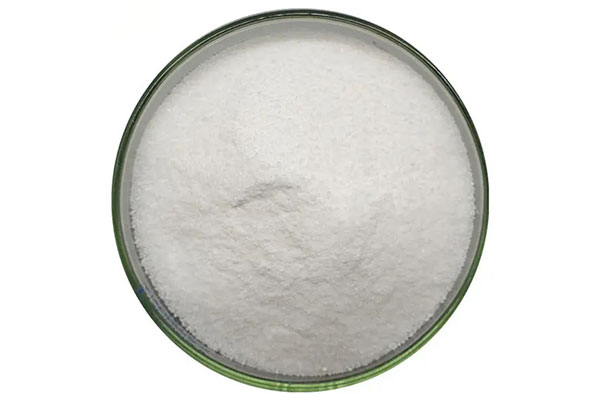- Product Name: L Histidine
- Appearance: White crystal powder
- Application: Feed Additive & Nutrition Supplement
- CAS NO.: 71-00-1
- Molecular Formula:C6H9N3O2
L Histidine is considered an semi-essential amino acid for humans, but essential amino acid for children. After adulthood, humans begin to synthesize histidine by themselves. Adding a small amount to the diet of patients with chronic uremia increases the rate of amino acid incorporation into hemoglobin and reduces nephrogenic anemia, so it is also an essential amino acid for patients with uremia. Under the action of histidine decarboxylase, histidine is decarboxylated to form histamine. And the amino acid has a strong vasodilation effect and is associated with various allergic reactions and inflammations.
It is one of the amino acids that make up the protein of the body, and it is also the precursor substance for animals to synthesize functional dipeptides such as carnosine and anserine. Appropriate addition of the amino acid in feed can improve animal production performance, increase muscle carnosine content, and enhance the body’s antioxidant capacity.
Why Is L-Histidine A Semi-essential Amino Acid
For the human body, the amino acid can be synthesized from common intermediate metabolites. Therefore, it has always been considered as a non-essential amino acid. But with the deepening of research, it was found that the amount of histidine synthesized in young animals and infants cannot meet the growth needs of the body. Even for adult animals, if it is not supplemented by food, the synthesis in the body cannot meet the needs, so it is also called semi-essential amino acid.
-
Pharmacological Effects
-
Physiological functions
- Prevent anemia.The imidazole group of histidine can form a coordination compound with Fe2+ or other metal ions to promote the absorption of iron. So it can be used to prevent and treat anemia.
- Prevention and treatment of cardiovascular disease. The amino acid can dilate blood vessels and lower blood pressure, and is clinically used for the treatment of angina pectoris, cardiac insufficiency and other diseases.
- Prevention and treatment of rheumatoid arthritis.The content of this amino acid in the blood of patients with rheumatoid arthritis was significantly reduced. After using it, it was found that their grip strength, walking and erythrocyte sedimentation rate were all improved.
Histidine is a component of many enzymes. The histidine residue plays a key role in the binding process between the catalytic center of pyridoxal kinase and the substrate ATP. Histidine is essential for maintaining lactate permease transport activity.
Histidine participates in the composition of various active substances in the body. In addition to participating in the composition of many enzymes in the body, histidine is also a component of some physiologically active substances.
Histidine is closely related to the immune function of animals. Skin cancer induced by ultraviolet light inhibits cellular immunity, and the photoisomerization of histidine metabolite-doguric acid from cis to trans in the stratum corneum of the skin is the initial step of cellular immunosuppression. Adding histidine to the diet of white mice can increase the level of trans-kyuric acid in the skin, thereby increasing the sensitivity to immunosuppression induced by ultraviolet radiation.
Histidine has the functions of scavenging oxides, protecting normal cell function and maintaining normal cell structure in cells.
Main Uses of Histidine Amino Acid
- It is a very important component of amino acid infusion and comprehensive amino acid preparations.
- It is used in medicine to treat gastric ulcer, anemia, allergies, etc.
- One of the necessary raw materials for the synthesis of some pharmaceutical intermediates, such as blue copper peptide.
- It can be used as biochemical reagents and medicines, and can also be used as drugs for treating heart disease, anemia, rheumatoid arthritis, etc.
